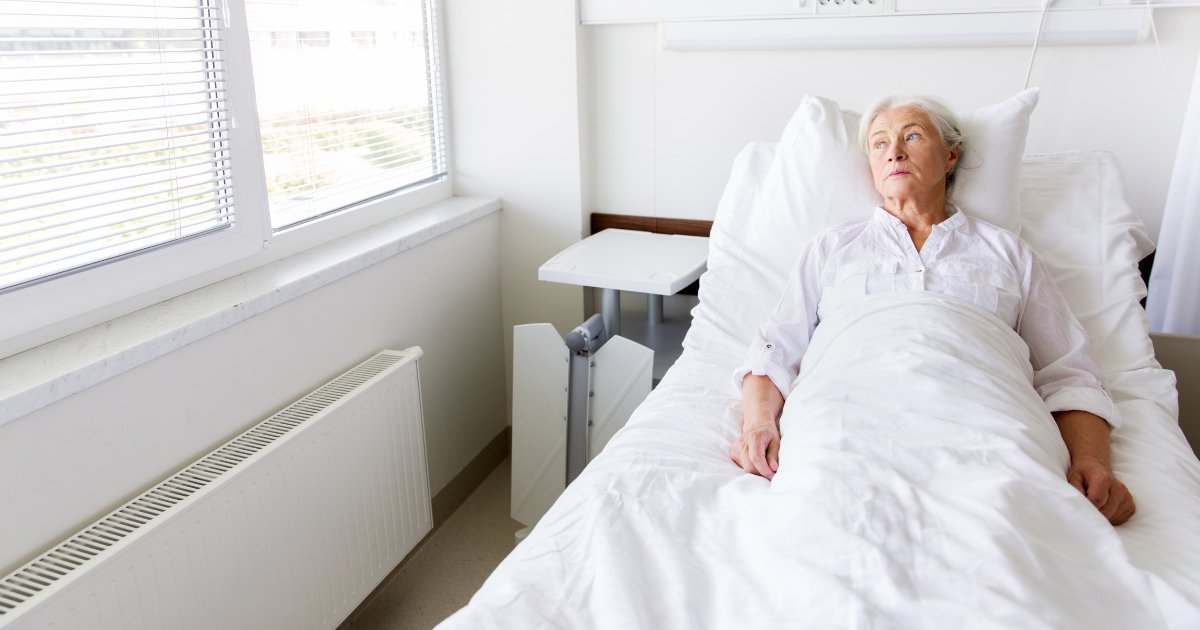Serious Postpartum Complications Women Can Face
When tennis superstar, Serena Williams, recently revealed the harrowing experience she endured after giving birth to her daughter in September, women all over the nation are now questioning the care mothers receive after giving birth and the complications they often deal with. This goes beyond postpartum depression - women can encounter a multitude of issues after giving birth, from experiencing severe hemorrhaging to dealing with blood clots, all similar to what Williams faced in her nearly fatal birth experience.
A Rising Mortality Rate

In the United States, an estimated seven hundred to nine hundred women die every year due to preventable pregnancy and childbirth-related causes. The United States has the highest maternal mortality rate in the developed world. Approximately another 65,000 come close to death, according to the Centers for Disease Control and Prevention (CDC), with the highest rates amongst African American and Native American mothers, and women who live in rural areas.
A recent CDC survey conducted in four states found around sixty percent of these maternal deaths were preventable. Why is the maternal mortality rate in the U.S. incredibly high? One reason is due to the lack of information available for new moms on the potential symptoms to be awareof, and less often, a lack of education for nurses and doctors when it comes to the complications mothers face after giving birth.
Postpartum Complications

There are numerous complications women can face after giving birth. However, heart-related problems, such as cardiovascular disease and heart failure, is the leading cause of maternal death in the United States. According to recent data, cardiovascular problems account for more than a quarter of these deaths. Other serious complications include pre-eclampsia, which is pregnancy-related high blood pressure, and blood clots in the lungs and other parts of the body also contribute to maternal deaths.
Other complications include postpartum infections, including uterine, bladder, or kidney, excessive bleeding after delivery, pain in the perineal area, discharge, swollen breasts and clogged ducts, hemorrhoids and constipation, as well as postpartum depression. To learn more about postpartum depression, another significant health issue women deal with post-pregnancy, read Postpartum Depression Causes and Symptoms.
